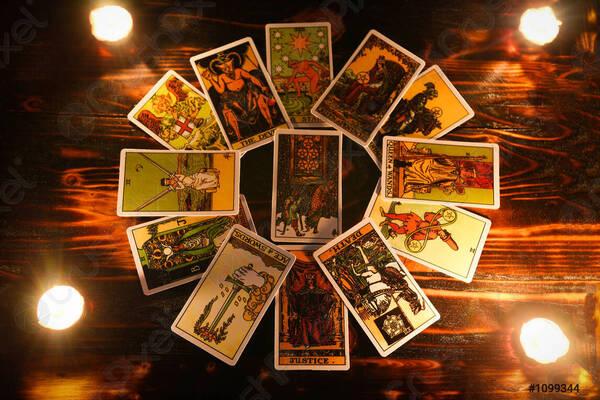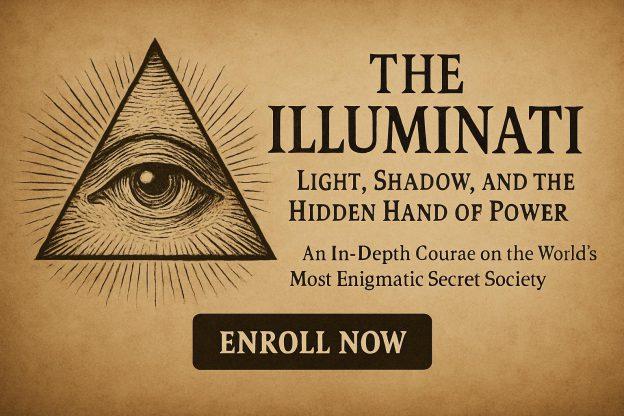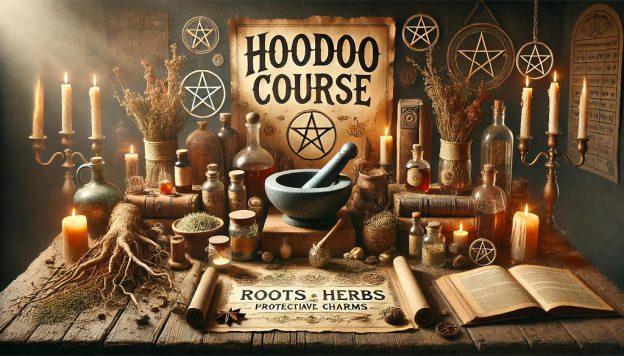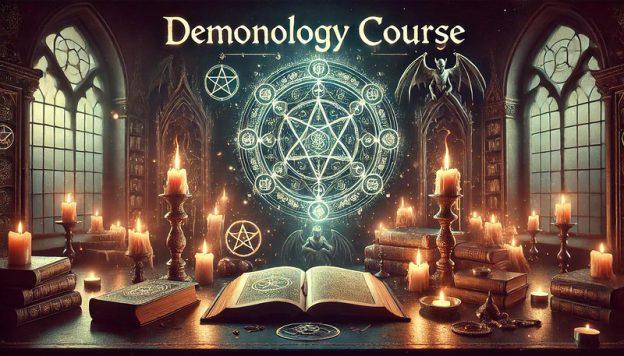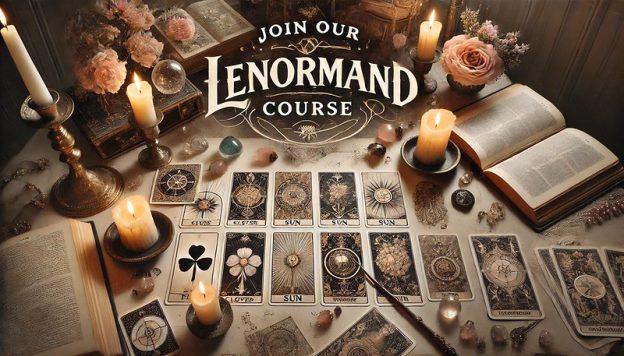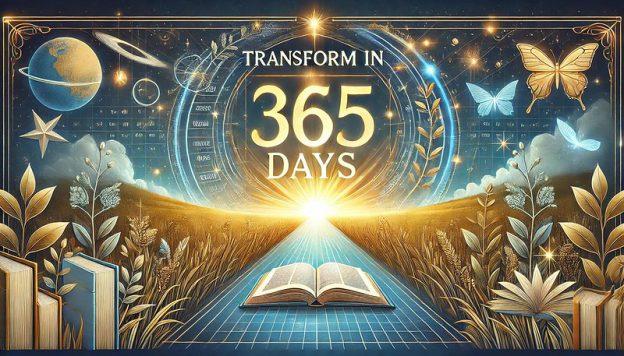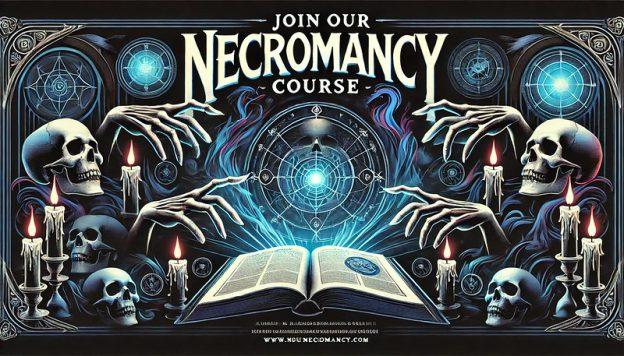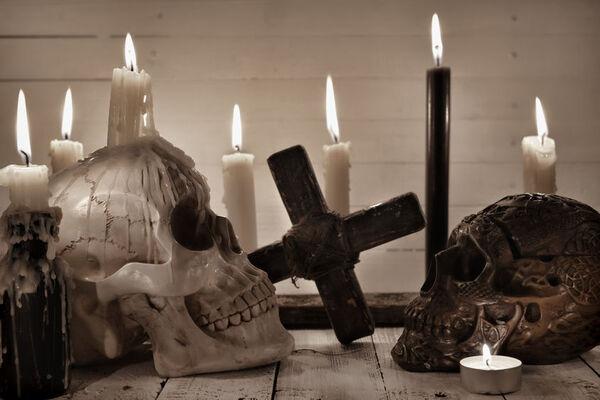Bene Elohim
The Bene Elohim: Sons of God and Celestial Intermediaries
The term Bene Elohim (Hebrew: בְּנֵי הָאֱלֹהִים, “Sons of God”) appears in several places throughout the Hebrew Bible and is deeply rooted in ancient Jewish angelology and biblical cosmology. These beings are described as divine entities, part of the heavenly host, and are often associated with angelic watchers, cosmic overseers, or divine princes. Their identity and role have been the subject of theological, mystical, and esoteric inquiry for centuries.
Biblical Origins
The term “Bene Elohim” appears most famously in the Book of Genesis:
“The sons of God saw that the daughters of men were beautiful, and they took wives for themselves from all whom they chose.” (Genesis 6:2)
This passage, which precedes the narrative of the Great Flood, has long been a source of debate. According to one interpretation, the Bene Elohim are fallen angels who took human wives and fathered the Nephilim, a race of giants or mighty men. This interpretation is supported by the Book of Enoch, which expands on the story of the Watchers—angels who descended to Earth and transgressed divine law.
In the Book of Job, the term is used in a more exalted and benign context:
“Now there was a day when the sons of God came to present themselves before the Lord, and Satan also came among them.” (Job 1:6)
Here, the Bene Elohim are clearly members of the divine council, heavenly beings who stand before God and participate in the governance of the cosmos.
Divine Council and Cosmic Administration
In ancient Near Eastern cosmology and biblical traditions, God is depicted as a sovereign surrounded by a divine court, similar to the kingship models of earthly monarchs. The Bene Elohim are understood as members of this celestial assembly, serving as advisors, messengers, or administrators.
Psalm 82 provides a powerful image of this concept:
“God has taken his place in the divine council; in the midst of the gods (elohim) He holds judgment.” (Psalm 82:1)
In some traditions, the Bene Elohim are also referred to as “sons of the Most High” and are linked with the idea of divine plurality—not in a polytheistic sense, but in terms of spiritual hierarchy and delegated authority.
Identity and Classification
The precise identity of the Bene Elohim has been interpreted in several ways:
- Angels: In most Jewish and Christian traditions, they are considered a class of high-ranking angels, possibly synonymous with archangels or the Watchers.
- Fallen Angels: In apocalyptic literature like 1 Enoch, they are portrayed as rebellious angels who descended to Earth and corrupted humanity.
- Divine Beings: Some scholars argue that the term originally referred to semi-divine beings or minor gods, later reinterpreted under strict monotheism.
- Spiritual Archetypes: In mystical traditions, they may represent aspects of divine power, such as justice, knowledge, or cosmic balance.
In Mysticism and Magic
In Kabbalistic thought, the Bene Elohim are sometimes associated with the Sephirah Hod on the Tree of Life and the angelic order governed by Archangel Michael. They are seen as forces of divine communication, law, and transmission.
In Christian mysticism and ceremonial magic, references to the Bene Elohim are less explicit, but their influence is present in ideas about guardian angels, archangelic hierarchies, and the angels of the seven planets.
Bene Elohim and the Enochian Connection
The Book of Enoch provides a bridge between the Bene Elohim of Genesis and the Watchers, a class of angels who are said to have taught humanity various forbidden arts, including sorcery, astrology, and metallurgy. These Watchers were punished and bound in the abyss, their legacy tied to both the rise and fall of human civilizations.
In Enochian angelology and magical systems developed by John Dee and Edward Kelley, the idea of heavenly beings who serve, watch, or rebel mirrors the role of the Bene Elohim—celestial intermediaries capable of both guidance and transgression.
The Bene Elohim remain one of the most enigmatic and powerful angelic orders in the Judeo-Christian tradition. Whether seen as divine sons, angelic watchers, or fallen rebels, they represent the complex relationship between Heaven and Earth, order and chaos, obedience and rebellion. Their presence in sacred and mystical texts invites deep reflection on the structure of the cosmos, the nature of divine authority, and the role of intermediary beings in the spiritual world.
They are not just figures of ancient lore—they are archetypes that challenge us to understand the boundaries between the mortal and the divine.

